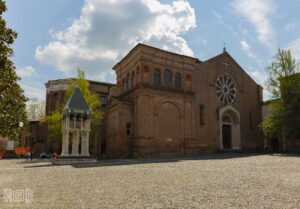Bologna has always been characterized by numerous women who contributed to its history in the most varied fields. Let’s see the most important!
Bettisia Gozzadini
Bettisia Gozzadini was born in Bologna in 1209 and was the first woman to teach at the University of Bologna.
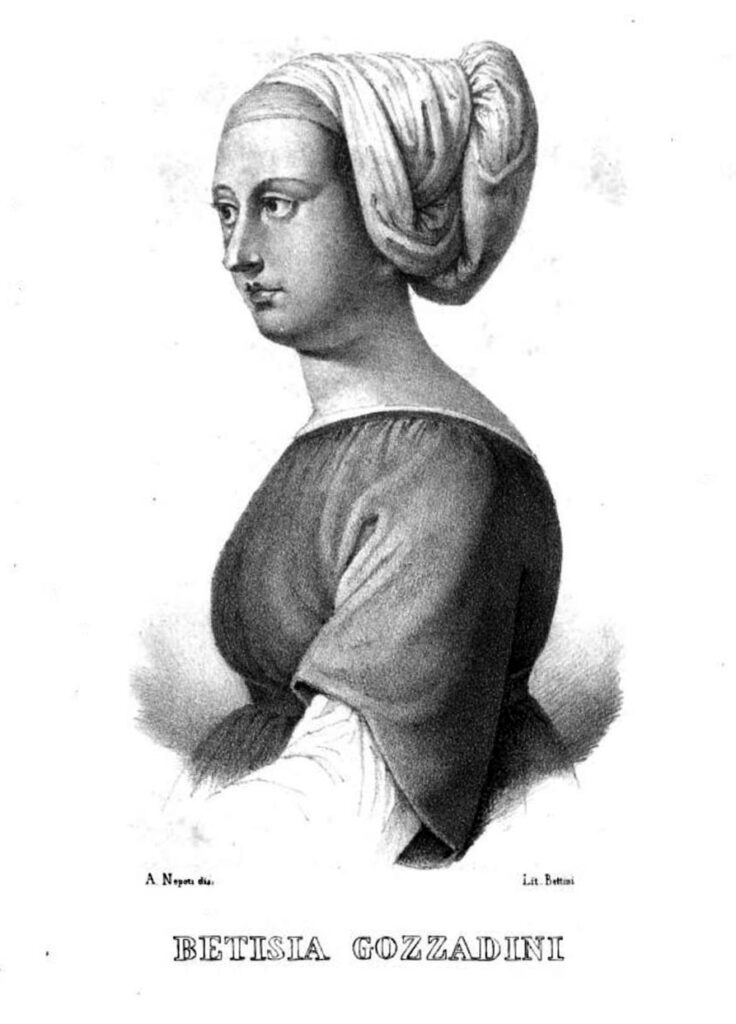
Bettisia came from the Gozzadini family of noble origins and she seemed to be a child of high intellectual skills: this was confirmed by the law degree in 1237, obtained with full marks.
For a couple years she just taught law to about thirty students who gathered at her house. Then, at the insistence of the disciples who increasingly wanted to attend her lessons, the Bishop Enrico Dalla Fratta allowed her to teach at the university.
There are numerous legends around this female figure. According to one of these, Bettisia held her lessons in the squares of the city, as well as in her house. This is because of the large number of students that wanted to attend. Another legend has it that she gave lessons with a veil around her head, as her pupils were easily distracted by her beauty.
In addition, she was entrusted with many important tasks even though she was a woman: she presided over the funeral prayers for Henry Fratta and for Pope Innocent IV.
In 1261 she died due to the collapse of the walls of a country house where she had taken refuge to escape the overflow of the Idice river. On that occasion, the University of Bologna was closed for mourning.
As homage to her cotribute to the university, the Museum of the History of Bologna displays the bust of Bettisia Gozzadini. Deepen the University Museums and more in our article Museums in Bologna: a must-see heritage.
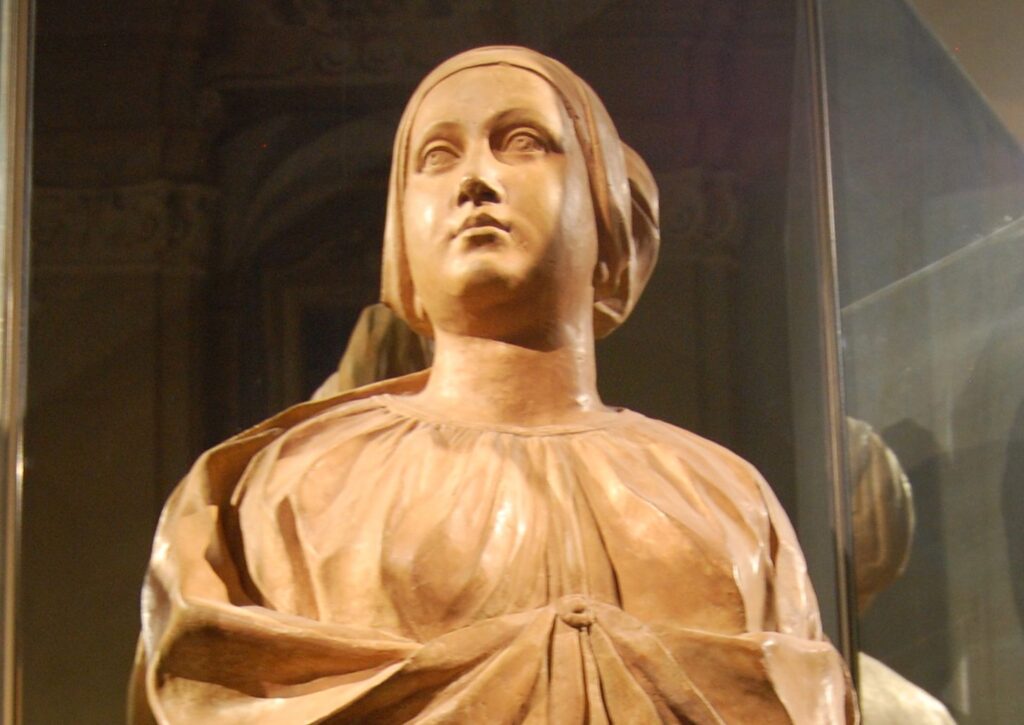
Elisabetta Sirani
Elisabetta Sirani, daughter of the well-known artist Giovanni Andrea Sirani, was born in Bologna in 1638 and was considered “the best brush in Bologna”.
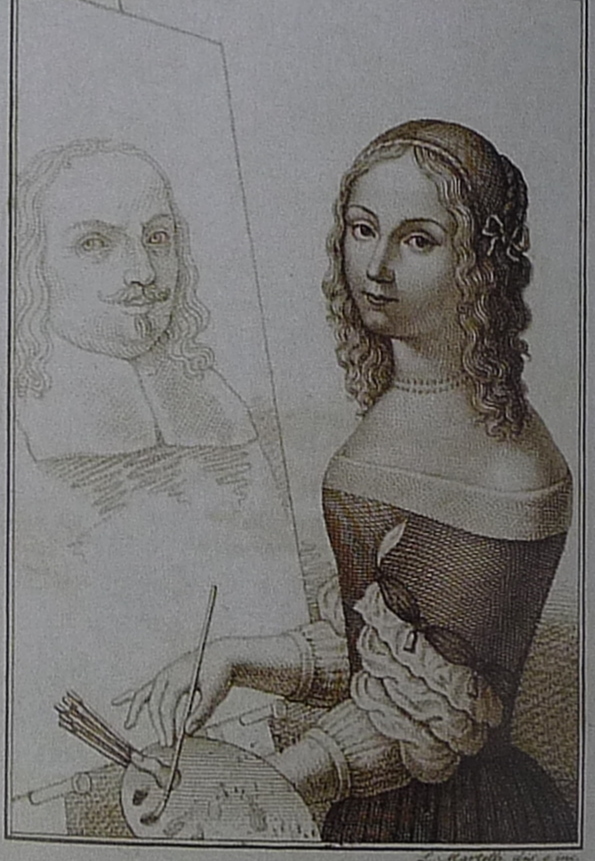
She is one of the women who contributed to the history of Bologna thanks to her evident skills in painting, which led her to found the Academy of Drawing for girls.
At the time, women were not admitted to the Academy, for this reason, at the age of 12, Elisabetta began painting in her father’s workshop, under his supervision.
Her talent for producing both religious and everyday themed works and her speed attracted numerous artists, unsure whether she was really the painter. At just 17 years old she already created 90 artworks. One of Elisabetta’s characteristics lies in her signature: she was so precise that she signed her works in buttons or laces with a delicate touch.
When her father fell ill due to arthritis in the fingers, the painter took his place, finishing the works already begun and continuing with the family workshop.
Elisabetta Sirani died at the young age of 27, due to a perforated ulcer, although initially the news shocked so much that people thought of a poisoning. In just 27 years, she was able to produce about 200 works, a number so high that we can confirm that she was one of the most gifted and loved artists of that time.
Alfonsina Morini
Alfonsina Morini was born in 1891 in Castelfranco Emilia and was the first woman to fight for equality even in sport.
Her passion began at the age of 10, when her father returned home with a badly functioning bicycle, but excellent for learning. From that moment, Alfonsina fell in love with bicycles so much that she began to participate to cycling races of her country. Her passion, however, was not well regarded by her parents and by the inhabitants of her village, who nicknamed her “the devil in a skirt”.
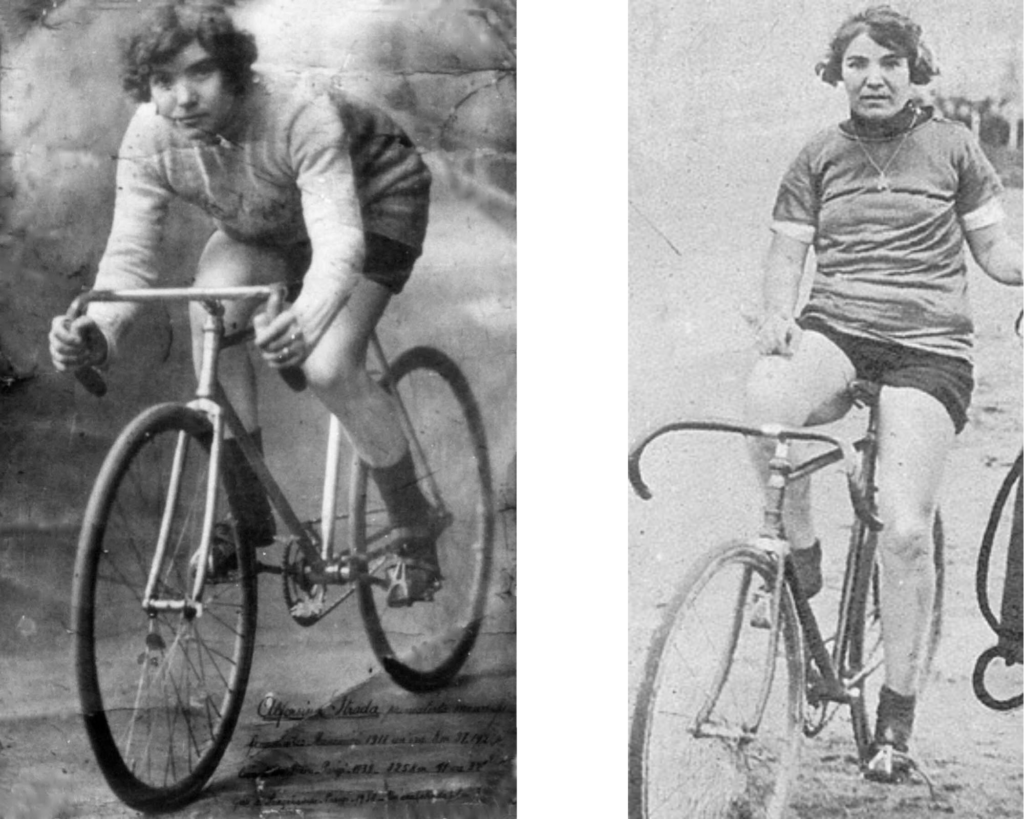
Alfonsina did not care about the judgments of other people, until the family told her that, in order to continue running, she had to get married and move.
So it was that she married Luigi Strada: unlike her parents, her husband supported Alfonsina’s passion, so much so that for her wedding he gave her a real racing bike.
In 1924 she was admitted to the Giro d’Italia, being the first woman to participate and proving that even women could do it. However, the presence of a woman in the group was not announced. Only three days before the start, the name “Alfonsin Strada di Milano” appeared in the list of participants next to number 72 in the newspaper. Alfonsina’s final “a” was added only in the paper that came out on the day of departure.
In the following years, she was denied this opportunity, so she decided to take advantage of her talents by performing in some shows abroad. Meanwhile Luigi Strada died and a few years later Alfonsina remarried Carlo Messori, a well-known cyclist.
Together they opened a bicycle shop in Milan, which the young woman continued to manage after the death of her second husband.
During her short career, she obtained numerous awards, such as that of “best Italian cyclist”. She also set the world speed record for women.
To honor Alfonsina Morini, her hometown of Castelfranco Emilia dedicated to her the cycle path that connects Castelfranco Emilia to the hamlet of Panzano.
You enjoy bycicle paths? Read also Ciclovia del Sole and Cycle Paths: from the North Cape to Malta passing through Bologna.
Irma Bandiera
Irma Bandiera was born in Bologna in 1915 in a wealthy family and, like Francesca Edera De Giovanni, took part in the Resistance in 1943.
During the war, she could escape from Italy given her comfortable economic conditions. However, thanks to her intelligence, she understood that she could not look at what was happening from the outside, but she had to act instead. So it was that one day she met Dino Cipollani, a partisan student, and decided to take part in the Resistance too. She was included in the seventh GAP team (Patriotic Action Groups) and her job was to carry documents and weapons from one base to another.
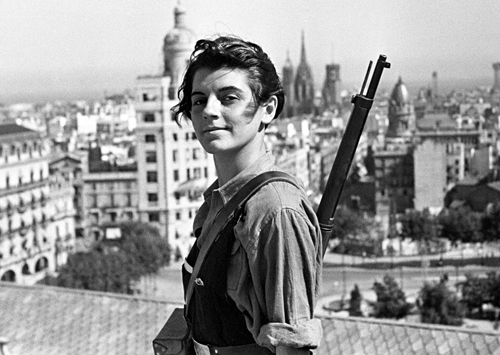
One day, however, while returning from a delivery, she stopped at a relative’s house. There, she found some soldiers that arrested her, as she had forged documents. It seems that a well-known fascist from San Giorgio di Piano had her arrested with the complicity of Irma’s uncle. This one, Giuseppe Marzocchi, used to host her in his house in Funo di Argelato, where she often stayed to stay close to her grandmother Filomena.
The main rule of the partisans was not to speak, even under torture: Irma respected it. After seven days of torture they took her in front of her house, at the Meloncello, and shot her. Despite all the tortures, Irma never revealed any names or details.
After this, numerous women decided to take part in the battle. Irma Bandiera, to accentuate her fight against the fascist brigades who wore black shirts, dressed in bright colors, so much that the day of her shooting she wore a red polka dot dress.
After her death she was recognized as a partisan and the Gappist organization of Bologna was named after her: the Irma Bandiera Garibaldi Brigade.
In Bologna, to honor this brave young woman, was established St. Irma Bandiera near the arcades leading to the Sanctuary of the Madonna of San Luca, together with a plaque in her honor.
Lastly, she was awarded the Gold Medal for Military Valor for being one of the first women to fight for freedom and to have always maintained silence, despite the numerous tortures. Did you know that right next to the entrace of Salaborsa Library there is the Partisan Memorial? Read more in out article!
Francesca Edera De Giovanni
Francesca Edera De Giovanni was born in Monterenzio in 1923 and was one of the most important women for the anti-fascist fight and for women’s emancipation.
At just twenty years old, she decided not to remain on the sidelines and instead to fight against the fascism that was becoming more and more important.
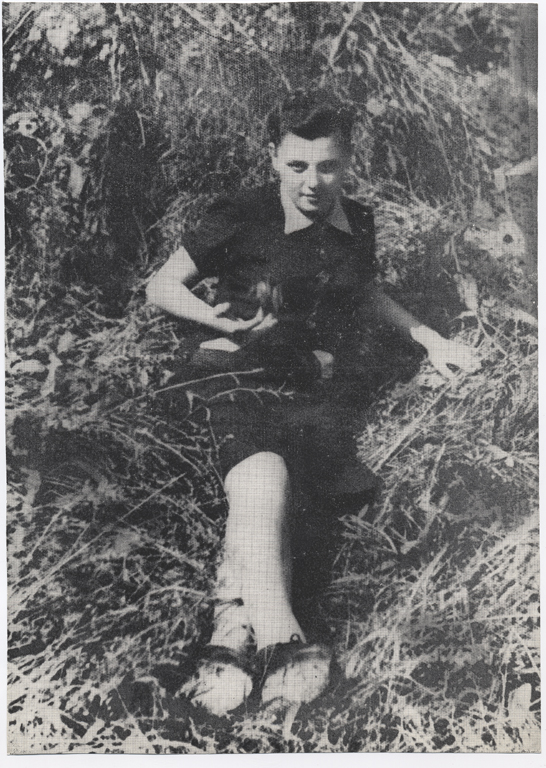
She gave the first sign of struggle when she entered a tavern and, joining an employee, ironically asked him if he wanted her to wash his dirty black shirt. For this act, she was arrested and released two weeks later.
She created and became part of the 36th Garibaldi Brigade that cut the Axis’ telephone line.
In 1944 he received the order to meet with six other young people in Porta Ravegnana in front of a fountain pen salesman. He would helpe the group to prepare for a new departure. A spy, however, warned the brigades, that arrested all of them. After several days of torture, no one revealed the information requested. For this reason, on the first of April 1944, they took all of them to the Certosa cemetery, where a team of the CAS (Special Autonomous Company) shoot them.
It was here that Edera made another revolutionary gesture: instead of staying with her back to the brigades, she turned around and looking them in the eye shouted “You tremble. Even a girl scares you!”.
Francesca Edera De Giovanni was the first anti-fascist heroine of Bologna.
Mariele Ventre
Mariele Ventre was born in Bologna in 1939. Her fame derives from the fact of having founded, in 1963, the Piccolo Coro dell’Antoniano, always present in the editions of the Zecchino d’Oro. Mariele Ventre was linked to the convent of Saint Antonio in Bologna, as her mother was heraldine, that is the youngest of the Franciscan family, and she was a catechist herself.
The girl has always loved music so much so that she graduated in piano at the Giuseppe Verdi conservatory in Milan. She dedicated part of her life to the Piccolo Coro (“the small choir”) until her death in 1955. For her great commitment in making it famous all over the world she also received the International Grand Prix of Entertainment, also called “Telegatto”.
Mariele Ventre was not only a musician, but also an educator: it is in this regard that the Mariele Ventre Foundation was born. Its goal is to preserve the messages she wanted to transmit and protect her image.
Up to now, many competitions have been dedicated to her, such as the Mariele Ventre international Competition for Choir Directors and a film entitled The boys of Zecchino d’Oro, where her role was interpreted by Matilda De Angelis.
So, if you want to find out more about the close link between Bologna and music, you absolutely cannot miss the article Bologna: city of music.
Bibliography
- Bersani S., Le grandi donne di Bologna. Storia e segreti, Roma, Newton Compton Editori, 2019.
- Bersani S., 101 donne che hanno fatto grande Bologna, Roma, Newton Compton Editori, 2012.
- Bonafede C., Donne bolognesi insigni, Bologna, Atesa, 2009.
- Martini M., Orlandi E., Talenti: figure di donne nella provincia di Bologna, Bologna, Editrice Compositori, 2006.
- Passeri R., Le donne bolognesi nella storia, Bologna, Studi Locali Adulti, 1987.




